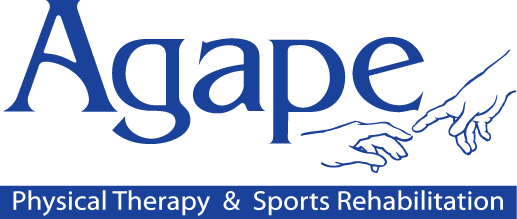Dizziness or spinning when changing positions? A feeling of being off balance after trauma to the ear or a viral infection? A sense of blurred vision while you are in motion? Motion sickness in the car? Headaches in combination with a sense of dizziness? These are some symptoms of a vestibular disorder.
Symptoms like these can arise from damage or poor functioning of structures in the inner ear. When one or both sides of the inner ear are not working properly, the brain gets mixed information which causes dizziness, spinning, a false sense of motion, or lack of postural control and balance.
Physical therapy may be able to help treat these symptoms. With the use of Vestibular Rehabilitative Therapy (VRT), you may be able to return to participating in activities that were once done with ease. This type of therapy can involve techniques to rid the sense of spinning, balance activities, visual exercises to strengthen your ability to see objects in motion, and compensatory exercises to improve function despite loss of vestibular function. The following injuries or dysfunctions may be treatable by a physical therapist:
-
Benign Paroxysmal Positional Vertigo (BPPV)
A spinning type of vertigo that is often treated in 1-2 sessions -
Vestibular Hypofunction
Dizziness that is treated with specific exercises targeting one or both inner ears -
Cervicogenic Dizziness
Dizziness that is treated with a combination of manual therapy, balance rehab, and proprioceptive or postural awareness related exercises
If you believe that you may benefit from vestibular rehabilitation or have questions about treatment, contact Agape Physical Therapy & Sports Rehabilitation Arena Club location at 410-734-6556 to learn more.
